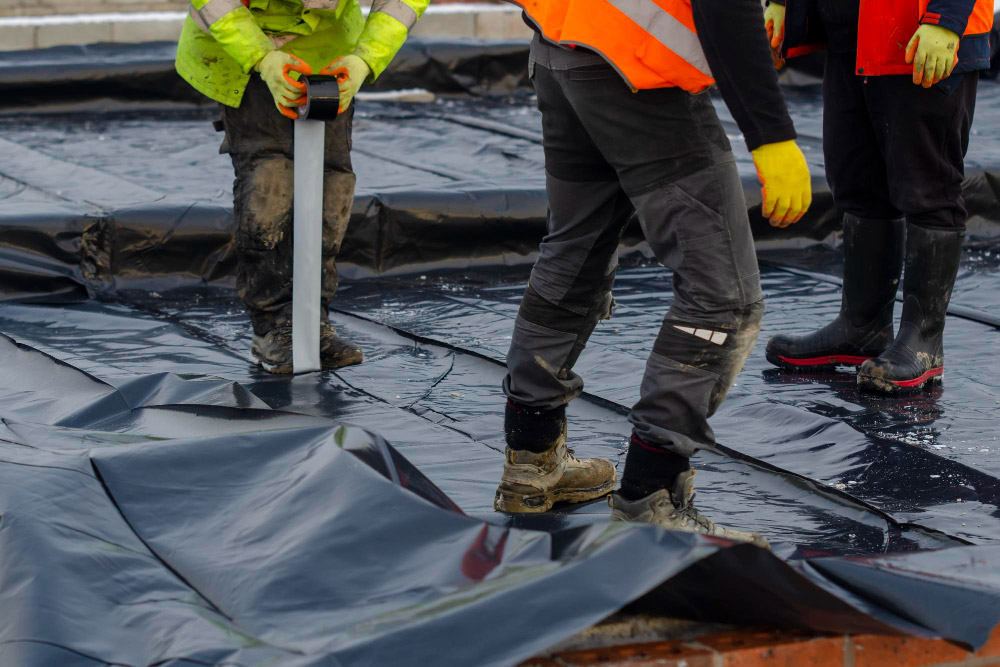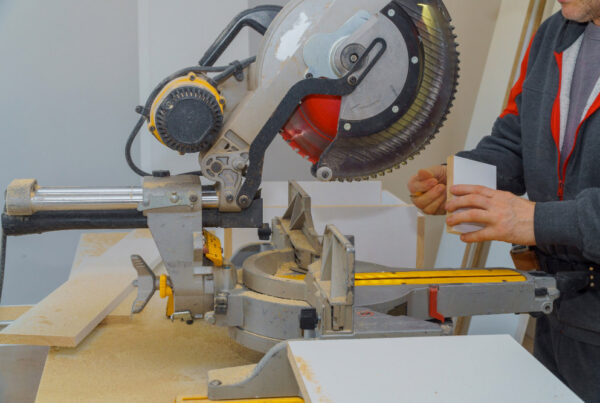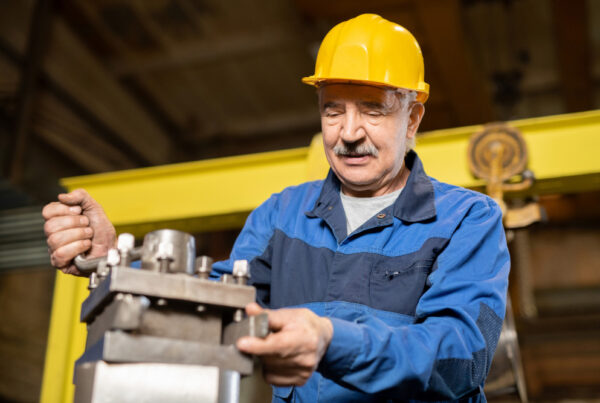Water is one of the most destructive elements for buildings and infrastructure. Over time, exposure to moisture can lead to serious damage, compromising the structural integrity of a building and reducing its lifespan. This is why waterproofing is an essential process for ensuring the longevity of any structure. In this article, we will explore the reasons why waterproofing is crucial and how it contributes to creating long-lasting, durable buildings.
1. Prevents Structural Damage
Water infiltration is one of the leading causes of structural damage in buildings. When water seeps into the foundation, walls, or roof, it can weaken the materials, leading to cracks, corrosion, and even foundation settlement. Over time, this damage can compromise the entire structure, causing safety risks and costly repairs. Proper waterproofing acts as a barrier that prevents water from penetrating the building’s structure, protecting it from the harmful effects of moisture.
2. Increases Building Longevity
Waterproofing is a proactive measure that extends the lifespan of a building. By keeping moisture out, you reduce the likelihood of damage caused by water infiltration. This means fewer repairs and maintenance over the years, saving both time and money. Waterproofing systems, whether applied to the foundation, roof, or walls, are designed to provide long-term protection, ensuring that the building remains durable and resistant to environmental stressors.
3. Protects Interior Spaces
Moisture doesn’t just damage a building’s structure—it can also ruin interior spaces. Water leakage can lead to unsightly stains, peeling paint, warped floors, and damaged furniture. Worse yet, excess moisture promotes the growth of mold and mildew, which can pose serious health risks to occupants. Waterproofing helps to maintain a dry, healthy environment inside the building by keeping water out, preserving the condition of the interior and protecting it from damage.
4. Prevents Mold and Mildew Growth
One of the most common problems associated with water infiltration is the growth of mold and mildew. These fungi thrive in damp environments and can spread quickly throughout a building if moisture is present. Mold not only causes unpleasant odors and unsightly stains, but it can also lead to respiratory problems and other health issues for occupants. By waterproofing a building, you eliminate the damp conditions that allow mold and mildew to grow, contributing to a healthier living or working environment.
5. Increases Property Value
A building that has been properly waterproofed is more valuable than one that has not. Buyers and investors are more likely to purchase properties that are protected from water damage, as they know that the structure is durable and less likely to require extensive repairs in the future. Waterproofing adds value to a property by making it more resistant to environmental damage and by improving its long-term durability. This can be a key selling point when trying to market a home, office building, or commercial space.
6. Protects Against Foundation Damage
One of the most critical areas to waterproof is the foundation. Since the foundation is in constant contact with the ground, it is particularly vulnerable to water damage caused by groundwater, rain, or leaks from plumbing systems. Water can seep into cracks in the foundation, leading to shifting, settling, and eventual structural instability. Proper foundation waterproofing prevents these issues by creating a protective barrier that keeps water out, ensuring the foundation remains strong and stable.
7. Reduces Long-Term Maintenance Costs
Water damage can result in costly repairs and maintenance over the years. Without proper waterproofing, buildings are more likely to experience problems such as roof leaks, damaged foundations, and deteriorating walls. These issues can require expensive fixes, especially if they are left unaddressed for a long period of time. By investing in waterproofing from the start, you can avoid the high costs associated with frequent repairs and maintenance, allowing the building to remain in good condition for many years.
8. Enhances Energy Efficiency
Waterproofing can also contribute to the energy efficiency of a building. When moisture infiltrates a building, it can affect the insulation and make it less effective. This means the heating and cooling systems have to work harder to maintain a comfortable indoor temperature, leading to higher energy costs. Proper waterproofing prevents moisture from compromising the insulation, helping to keep the building energy-efficient and reducing utility bills.
Types of Waterproofing Systems
There are several types of waterproofing systems that can be used to protect a building, including:
- Liquid Waterproofing Membranes: Applied as a liquid, these membranes form a protective layer over the surface, preventing water from penetrating the structure.
- Cementitious Waterproofing: This type of waterproofing uses a cement-based mixture to create a waterproof barrier, often used for foundations and basements.
- Bituminous Coating: Bitumen-based waterproofing systems are ideal for roofs and below-grade surfaces, offering excellent water resistance and durability.
- Polyurethane Liquid Membranes: Highly flexible and durable, these membranes are commonly used on roofs and exterior walls to prevent water infiltration.
Conclusion
Waterproofing is an essential aspect of construction that protects buildings from the destructive effects of water infiltration. By preventing structural damage, reducing long-term maintenance costs, and enhancing the durability and energy efficiency of a building, waterproofing ensures that structures remain strong and long-lasting. Whether you are constructing a new building or maintaining an existing one, investing in proper waterproofing is crucial for ensuring the long-term success and resilience of your property.



